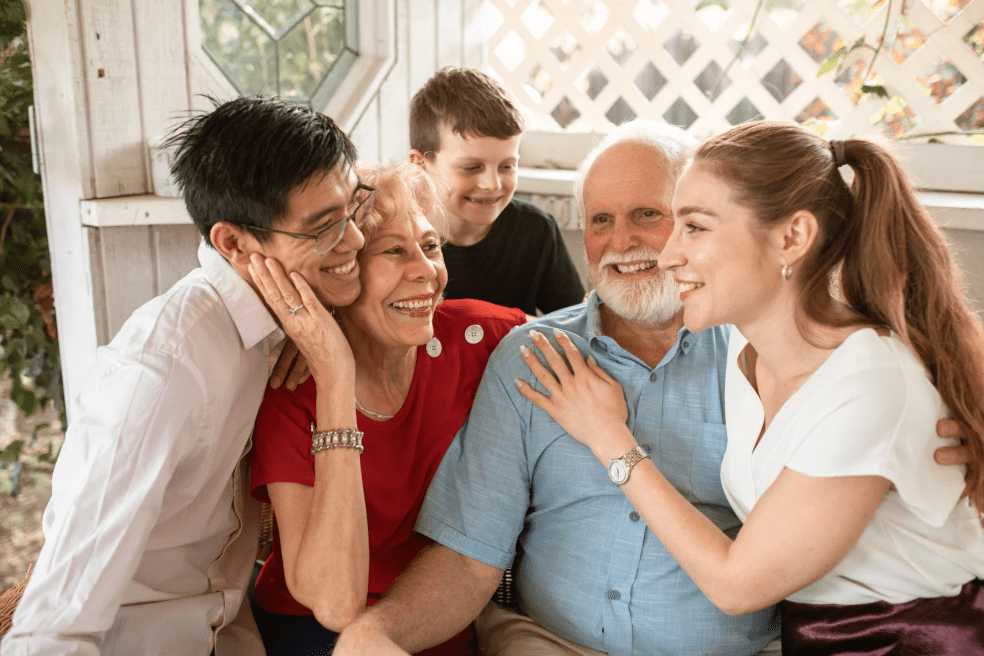Table Of Contents
Chronic Bronchitis
What is Chronic Bronchitis?
Bronchitis is an inflammation of the bronchial tubes, the airways that carry air to your lungs. It causes a cough that often brings up mucus. It can also cause shortness of breath, wheezing, a low fever, and chest tightness.
Bronchitis may either be acute or chronic. Chronic bronchitis is a more serious condition that develops over time. It is characterized by recurrent episodes of bronchitis that last for several months or years. The constant inflammation in the lining of the bronchial tubes causes excessive amount of mucus to build up. This restricts the amount of airflow going into and out of the lungs.
What Causes Chronic Bronchitis?
Veterans exposed to airborne toxins in service, such as smoke or particulate matter, face an increased risk of developing chronic bronchitis. Chronic bronchitis is often experienced more by veterans who have served in the Southwest Asia theater of operations during the Gulf War era.
Those who served in Iraq or Afghanistan may have been exposed to airborne hazards released from burn pits. Chronic bronchitis has been linked to exposure to particulate matter.
How to Get VA Disability Rating?
Veterans may be eligible to receive VA disability compensation for chronic bronchitis if they can prove that their condition was caused by chronic bronchitis. To establish service-connection for chronic bronchitis, a veteran must show: (1) a current diagnosis; (2) evidence of an event, injury, or illness in-service; and (3) a medical link between the two.
How is Chronic Bronchitis Rated?
The VA has a general respiratory rating system that is used to rate bronchitis. A rating is assigned based on how well the lungs take air in, absorb oxygen, and exhale. Several different measurements will be evaluated when different tests are performed, including:
- Forced Expiratory Volume (FEV-1). The maximum amount of air that a person can breathe out in 1 second. FEV-1 is compared against the FEV-1 for a normal person of your size and age.
- Forced Vital Capacity (FCV). The total amount of air that a person can exhale after taking a full breath in. It is expressed in a percentage of the average person similar to you.
- Diffusion Capacity of the Lung for Carbon Monoxide by the Single Breath Method (DLCO (SB)). Measures the ability of a person’s lungs to transfer gas from air that is inhaled to their red blood cells. It is measured by testing how much carbon monoxide is left when a person exhales compared with how much they inhaled. This is also compared to that of a normal, average person.
- Exercise Testing. Determines how much oxygen a person’s blood uses when they are doing the maximum amount of physical activity that the person can repeat and sustain. This is expressed in the amount of oxygen used by your body weight per minute
| Ratings | Test Result Needed |
| 10% Veteran must have one: | FEV-1 of 71-80% predicted |
| FVC of 71-80% | |
| DLCO (SB) of 66-80% predicted | |
| 30% Veteran must have one: | FEV-1 of 56-70% predicted |
| FVC of 56-70% | |
| DLCO (SB) of 56-65% | |
| 60% Veteran must have one: | FEV-1 of 40-55% predicted |
| FVC of 40-55% | |
| DLCO (SB) of 4-55% predicted | |
| Maximum oxygen consumption of 15-20ml/kg/min (with cardiorespiratory limit) | |
| 100% Veteran must have one: | FEV-1 less than 40% predicted |
| FVC less than 40% | |
| DLCO (SB) less than 40% | |
| Maximum exercise capacity less than 15 ml/kg/min oxygen consumption | |
| Right heart failure | |
| Right ventricular hypertrophy | |
| Pulmonary hypertension shown by Echo or cardiac catheterization | |
| Episodes of acute respiratory failure | |
| Require outpatient oxygen therapy |
Veterans Help Group have been supporting veterans in getting the benefits they deserve since 1995. If you or a loved one served, and suffer from chronic bronchitis we are here to help. Call Veterans Help Group at 855-855-8992 or complete our free veterans benefits case evaluation form.

Veterans Help Group Serving Our Community
Veterans Help Group Serving Our Community By Bobbi Boudi, Director of Community Outreach & Amy...

How Much Back Pay Will You Receive?
What is VA Disability Back Pay? VA disability back pay is payment for benefits the veteran was...

Your Guide to VA Ratings: Sleep Apnea
Your Guide to VA Ratings: Sleep Apnea Sleep apnea can be a serious condition that may impact...





